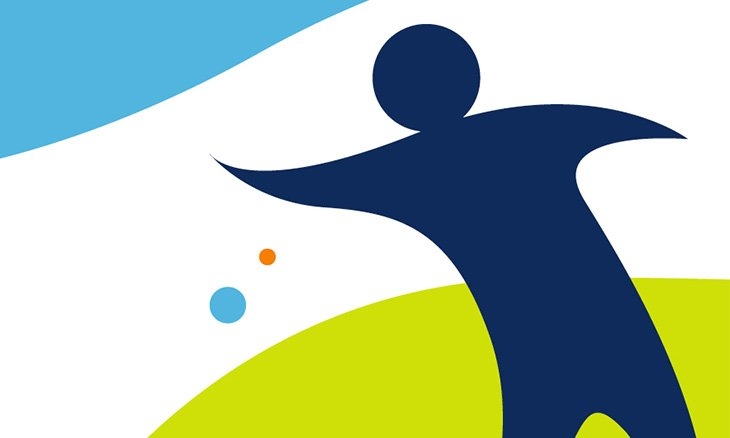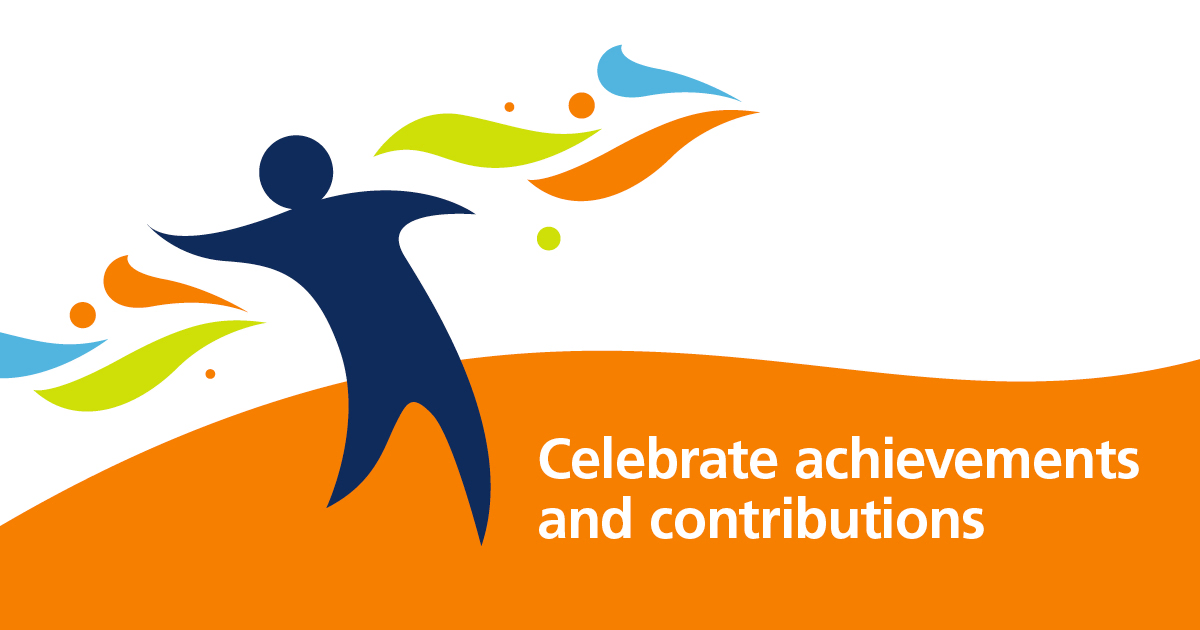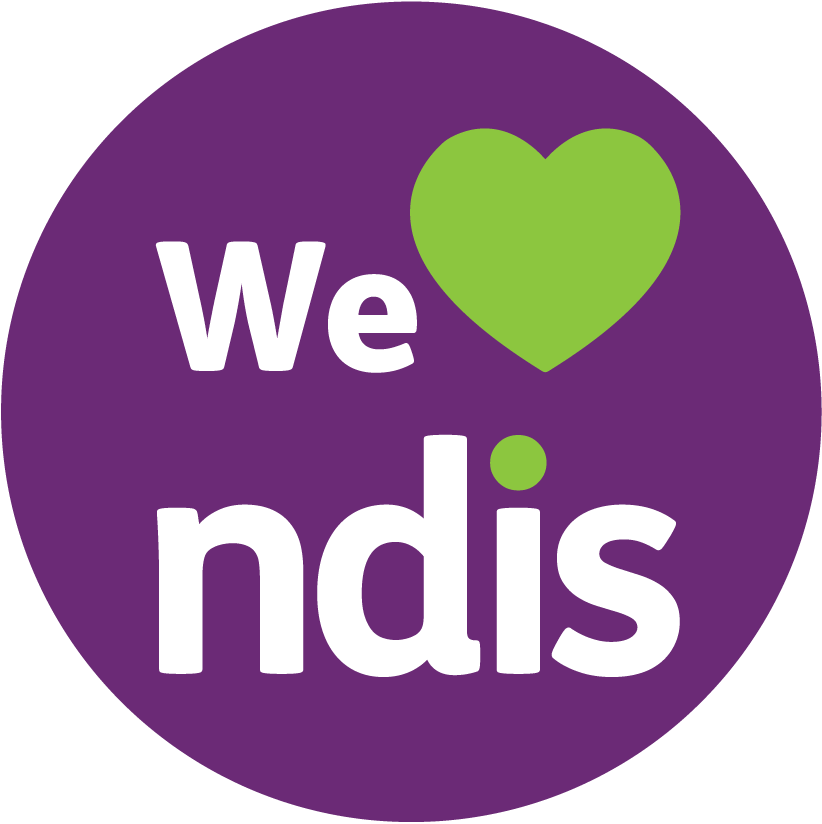To commemorate International Day of People with Disability, we’re taking a trip back in time. In this article, we delve into the context surrounding Enhanced Lifestyles’ establishment and reflect on the broader journey towards equality.
We love that International Day of People with Disability (IDPwD) brings communities together in celebration of people living with disability. For the team at Enhanced Lifestyles, every day is all about making progress and improving the supports available to South Australians living with disability. We may be a service provider, but our identity as an association is strongly linked to the context surrounding our inception.
Our articles are usually about our customers, Board members, staff, services, or events, but in honour of IDPwD, we’ve done something a little different this time. Keep reading to find out about the history and importance of the global (and local) disability rights movement and how Enhanced Lifestyles came to be amidst this tumultuous time.
Celebrating International Day of People with Disability
At its core, IDPwD recognises that we are all citizens of the world and deserve to be afforded the same rights. The day provides an opportunity to reflect on where we’ve been and celebrate our progress towards equity; it also allows us to set the agenda for the next steps in achieving an accessible, safe world for everyone.
For us, it’s a reminder of why we do what we do. Enhanced Lifestyles is a customer-led association, meaning that our customers can sit on our Board. As such, our Board members aim to represent the interests of their peers and fellow customers. They apply their lived experience to ensure that all of our services address real needs and are delivered with respect. This model is an important part of our identity; it’s a unique way of operating, but as you’ll discover, there’s a really good reason for it.
A quick history lesson
In 1976, the United Nations’ General Assembly announced that 1981 would be ‘International Year of the Disabled’. It was much more than just a title: this declaration signified the first global push towards inclusivity for people who were living with disability.
To understand the magnitude of this announcement, we must reflect on the circumstances surrounding it. For years before this, people living with disability were ostracized and excluded from the wider community – and even their families. People living with disability were often “kept out of the way”, and this discrimination was the norm. Acknowledging that people living with disability were deserving of recognition and celebration was a huge step forward.
It’s also worth recognizing that people living with disability were not considered in the design and construction of infrastructure, either. Public toilets, shopping centres, and venues did not have accessibility features. Most of the time, if someone with a disability needed to access a school, special arrangements would have to be made. Perhaps some of society’s worst attitudes could be observed in restaurants; if a person with a disability was allowed inside at all, they would be seated away from other diners.
Fortunately, amidst these problematic attitudes and practices, the disability rights movement found traction in South Australia. Activists dedicated themselves to raising awareness and advocating for change. For the first time, people living with disability were being heard, rather than having their voices filtered through ‘able bods’.
The movement wasn’t all smooth sailing, though. It was a fight.
Did you know that some members of the community protested against accessible infrastructure? For younger generations, it may be difficult to imagine this – if anything, we’re used to seeing protests for equality and accessibility – but once upon a time, it did happen.
Fortunately, disability rights activists succeeded in getting accessible features installed in the community and shifting the perception that disabilities should be hidden. These advocates also incited the transition to in-home support for people living with disability.
It was around this time that a group of like-minded South Australians came together. They each lived with disability and knew that their lived experience positioned them to design truly customer-centric supports. Combining their ideas and desires, these passionate people established what would later become Enhanced Lifestyles.
Our association became one of the first organisations to provide in-home supports, allowing people living with disability to live safely and independently in their own homes. These services helped those who were previously isolated to integrate into their families and communities, experience travel, and complete day-to-day tasks with the right support.
Enhanced Lifestyles today
We have always been firm believers in the philosophy adopted by disability rights advocates throughout history: people living with disability should be empowered to live full, rewarding, and enjoyable lifestyles. It is in our name, after all!
Today, our services and events reflect our customer-led model. We are always looking for new ways to add value and empower our customers. As we mentioned, our customers play a huge role in leading Enhanced Lifestyles through our Board. However, we also invite all of our customers to become members. Membership differs from Board membership in that it is less involved with the governance of our association, but it still affords the opportunity to contribute lived experience and unique expertise to the discussion of important matters that affect our customers.
Where to from here?
As you can see, advancing disability rights to this point has taken unwavering commitment and tenacity from people all over the world. We’ve still got further to go, but it’s great to reflect on the wins and milestones to date. That’s why IDPwD is so important – every year, it sparks renewed interest in the disability rights movement and shows that our communities are allied in favour of making progress towards equity. You can check out the IDPwD website for more information.
After all, we are all citizens of the world, and we all deserve to be safe, treated with respect, and afforded the same rights as everyone else.








